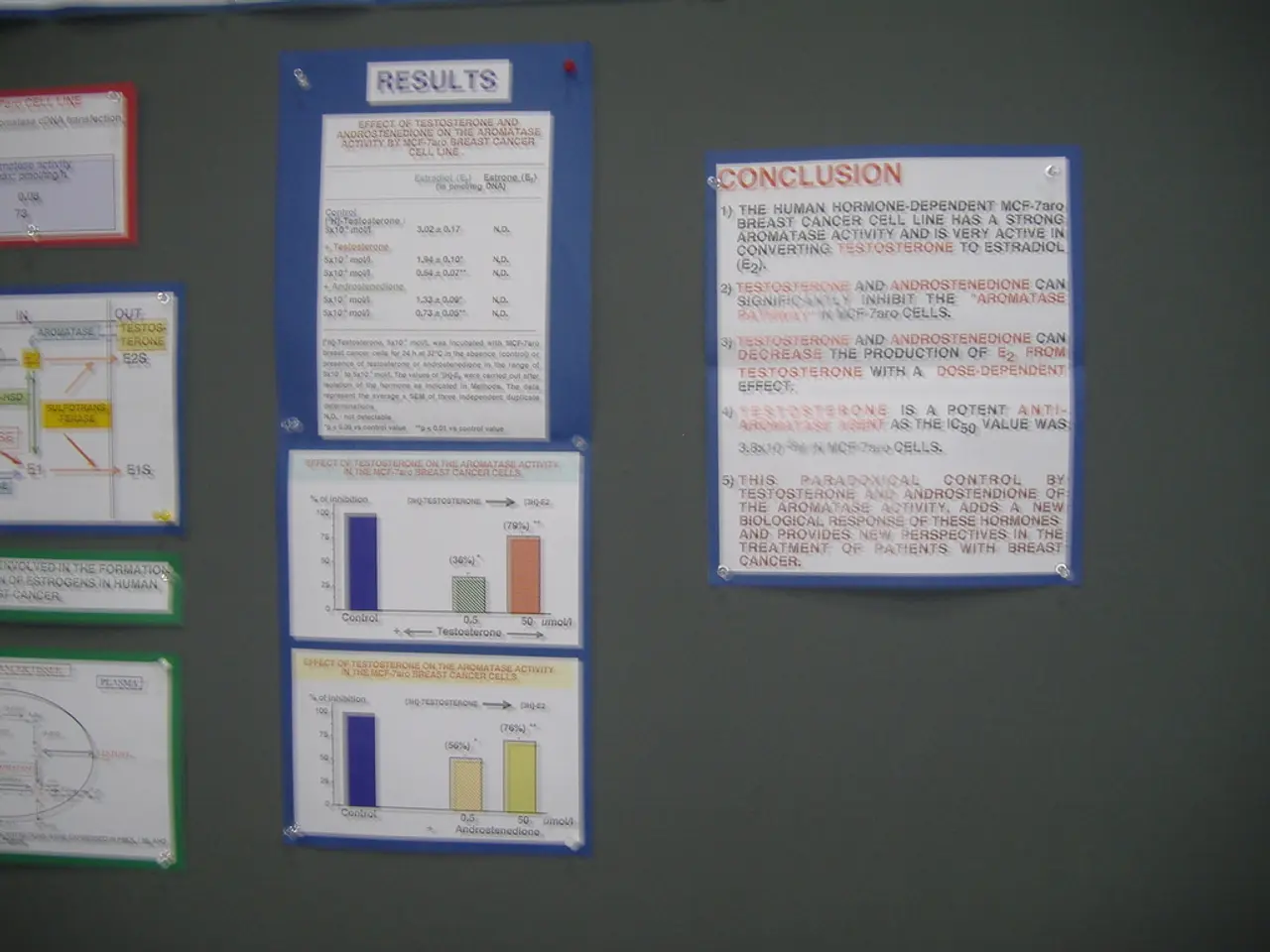Rise in preferred inflation indicator by the Federal Reserve, aided by tariffs, potentially hinders September interest rate reduction, creating an unsettling outlook.
Federal Reserve Maintains Interest Rates Amid Rising Inflation and Political Pressure
In a highly anticipated decision, the Federal Reserve opted to keep interest rates unchanged at their meeting on Wednesday. This decision was guided by ongoing elevated inflation driven by tariffs and the risk that rate cuts amid supply constraints could exacerbate inflation.
The personal consumption expenditures (PCE) price index rose 0.3% in June, with core PCE, which excludes volatile food and energy prices, increasing 0.3% as well. This marks the highest rise for both indices since February. Year over year, the PCE increased 2.6%, with core PCE rising 2.8%. These figures were included in the advance gross domestic product report for the second quarter, showing the US economy grew at a faster pace than anticipated.
However, the PCE data refuted predictions of the US economy falling into a recession. Despite the rising inflation, the Fed's decision was a deliberate pause, signaling a concern that easing monetary policy could worsen inflation rather than improve conditions.
President Trump had been pushing for rate cuts, but Fed Chair Jerome Powell was cautious and unlikely to commit explicitly to a rate cut at the September meeting given the inflation pressures from tariffs and the complexity of distinguishing temporary tariff impacts from persistent inflation.
The Fed had held rates steady at 4.25% to 4.5% at the end of July 2025, a move that contrasted market expectations for easing. Wall Street expected rate cuts to resume in September, but Powell wouldn't commit to a rate cut when the Fed next meets in September.
Two Federal Reserve governors, Christopher Waller and Michelle Bowman, voted against Powell's "wait and see" approach, marking the first time in three decades that more than one official has dissented on an interest-rate vote. Waller and Bowman called for the immediate lowering of rates.
Last Friday, Trump believed Powell was ready to start lowering rates after joining him for a tour of the Fed's controversial $2.5 billion renovation project. However, Powell declined to comment on how the president's public pressure could impact the Fed's independence.
In a recent Truth Social post, Trump criticized Powell, calling him "too late, too angry, too stupid, & too political." Powell, in response, emphasized that the tariffs are "still quite early days" and that companies appear to be absorbing the new charges for now, but data could change if these duties are passed along to consumers.
While the Fed's decision was met with dissent from some governors, it reflects a careful consideration of the economic conditions and the potential impact of rate cuts on inflation. The decision underscores the Fed's commitment to maintaining its independence and making decisions in the best interest of the economy, despite political pressure.
The Fed's decision to maintain interest rates amid rising inflation and political pressure could have significant implications for the finance sector, as businesses closely watch central banks' monetary policies to gauge economic stability. In light of the ongoing inflation concerns, the media is actively reporting on the potential impact of these decisions on consumer prices and the overall economy.




